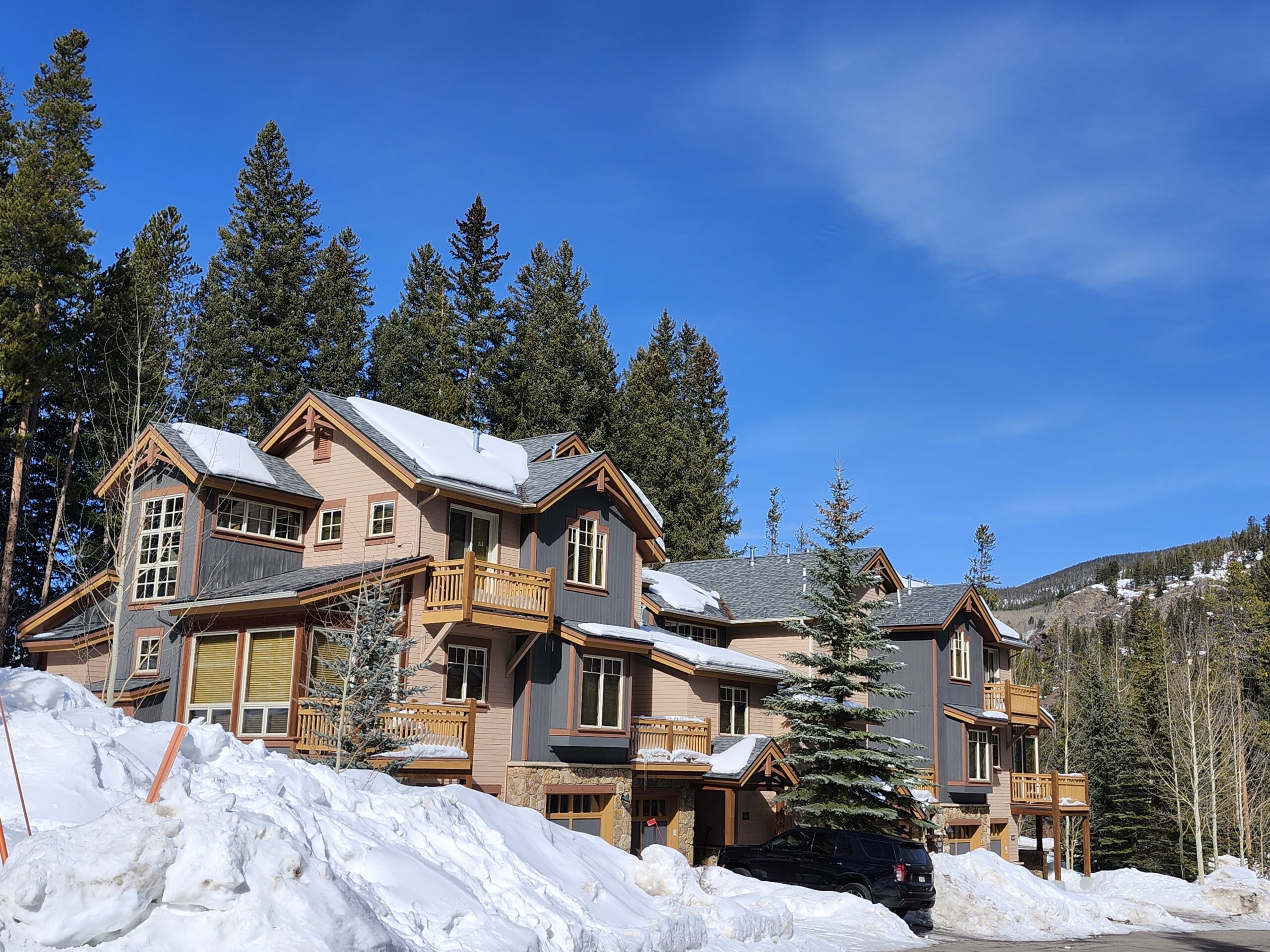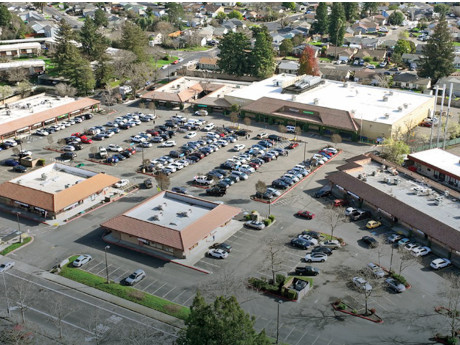I
n the thick of the ski season, Keystone’s homes lie blanketed in snow, a picturesque backdrop that masks the financial strain local governments face. With state and federal budgets tightening, municipalities are looking to legislators next year for permission to levy new taxes and fees—such as charges on vacant residences and real‑estate transactions—that could spark strong opposition.
The push for fresh revenue streams comes amid widespread cuts to public programs, leaving many cities and counties unable to fund the services they wish to provide. Colorado’s escalating living and housing costs further fuel the debate, with both supporters and critics of the proposed levies citing these burdens to justify their positions.
The Colorado Municipal League (CML) is actively seeking sponsors for three bills that have cleared its policy committee. The first would allow local governments to impose real‑estate transfer fees. The second would let cities and counties ask voters to approve taxes on vacant homes. The third would expand the ability of smaller municipalities to levy short‑term rental taxes. Meanwhile, Representative Kyle Brown is drafting a county‑focused bill that would let voters approve excise taxes on specific goods or services, a proposal championed by some county leaders.
The CML bills originated with the Colorado Association of Ski Towns (CAST), whose members focus on creating or preserving affordable housing for local workers. CAST Executive Director Margaret Bowes noted that the issue has been simmering since at least 2019, when she observed tourist towns struggling to keep shops and restaurants open because staff could not afford to live locally. “If you can’t house your employees, it threatens the entire tourism economy,” Bowes said. “It also undermines the community fabric—police, nurses, teachers need to live here to keep the town functioning.”
Colorado’s affordable‑housing crisis dominates Capitol debates for three years. Brian Tanner, VP of public policy for the Colorado Association of Realtors, expresses frustration that every proposed solution seems to raise fees on residents rather than roll back regulations that inflate costs. “There are other tools to increase affordable housing,” Tanner argues. “Let’s incentivize faster permitting and encourage builders to develop homes in high‑cost markets.”
Vacancy taxes are likely the most contentious proposal. The legislation would let cities and counties tax owners of homes that remain empty for a significant portion of the year. Crested Butte’s 2021 attempt met stiff resistance, but a state law would legitimize the practice and protect local governments from lawsuits. CAST officials plan to leave the definition of “vacant” to local voters, focusing on second‑ and third‑homes that sit idle for months rather than active short‑term rentals. The goal is to encourage owners to rent long‑term to local workers, generating revenue for affordable housing or other community needs such as street upgrades.
Crested Butte Mayor Ian Billick sees the tax as a tool for local control. “I believe local governments should decide their own futures,” he said. “A vacancy tax could fund critical services and address the challenges we face.” Billick’s city derives 95% of its budget from sales taxes, so ensuring residents occupy homes would boost tax revenue and support service‑industry workers who cater to visitors.
Critics, however, question the practicality and fairness of vacancy taxes. Vail Valley Partnership President/CEO Chris Romer warned that the concept feels like an affront to private property rights, allowing governments to dictate how homes should be used. He raised concerns about defining vacancy—whether a home under renovation, in probate, or simply vacant for a couple of weeks— and about enforcement. Romer doubted that owners would rent long‑term to avoid the tax, fearing it could disrupt community character.
Real‑estate transfer fees present a different scenario. Twelve mountain cities already impose such taxes, typically 1% to 3% of a sale price, generating significant revenue—$10.4 million annually for Vail and $31.9 million for Aspen. Municipal leaders argue that labeling the assessment as a fee and tying it to a program—such as affordable housing—circumvents the Taxpayer’s Bill of Rights (TABOR) prohibition. The 2018 Colorado Supreme Court decision allowed such fees, and the proposed bill would clarify that local governments can impose them without voter approval.
Tanner cautions that the fee could face legal challenges for violating TABOR and might deter real‑estate sales by adding cost at a time of high housing prices. Governor Jared Polis also opposed the idea, warning that it would raise housing costs. “Even in communities that have implemented this tax, we still lack enough affordable housing,” Tanner said, citing Avon, Breckenridge, and Telluride. He noted that these towns remain among the most expensive places to live.
Town Manager Paul Wisor counters that record home sales in the past five years suggest the fee will not slow transactions. He believes additional revenue could fund housing projects, arguing that the cost of building or preserving homes is high and that more money would help. “The reality is that it takes a lot of revenue to make these projects viable,” Wisor said. “No one is deciding to buy or sell a house based on the transfer tax.”
A third CAST/CML bill would allow statutory counties and smaller municipalities—such as Fraser, Salida, or Granby—to ask voters to approve short‑term rental taxes, mirroring the powers of home‑rule cities.
The county‑focused excise tax bill could also stir opposition. It would let counties propose taxes on specific goods or services, with the revenue earmarked for particular programs. While some cities already impose excise taxes on items like alcohol or tobacco, counties could choose their own targets, ranging from ski‑lift tickets to services that degrade transportation infrastructure. Representative Brown, working with Boulder County leaders, argues that counties should have the same tax‑making authority as home‑rule cities. He points out that counties are increasingly responsible for funding jails, road repairs, and behavioral‑health systems amid shrinking state support.
Brown emphasized that counties face unique challenges, as they deliver many essential services to residents. “I expect counties to hear from constituents that services aren’t meeting expectations,” he said. “We need to find ways to fund those needs.”
Romer acknowledged the legitimacy of these concerns but warned that rising housing and goods costs could deter visitors from traveling to his area. He suggested that government should focus on living within existing budgets rather than seeking new revenue streams. “The question becomes: How does government live within its means?” he asked. “At what point does it decide to focus on its current revenues instead of pursuing new ones?”
In sum, Colorado’s local governments are exploring a mix of taxes and fees—vacancy taxes, real‑estate transfer fees, short‑term rental taxes, and county excise taxes—to address revenue shortfalls and the affordable‑housing crisis. Supporters argue these measures can fund critical services and housing initiatives, while opponents raise legal, economic, and property‑rights concerns. The outcome will hinge on legislative approval, voter sentiment, and the ability of local governments to navigate the complex interplay of state law, budget constraints, and community needs.















